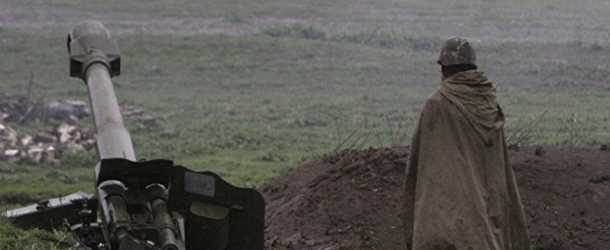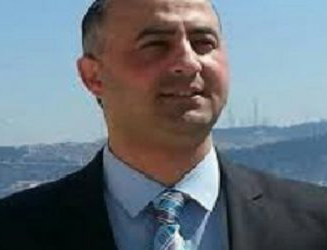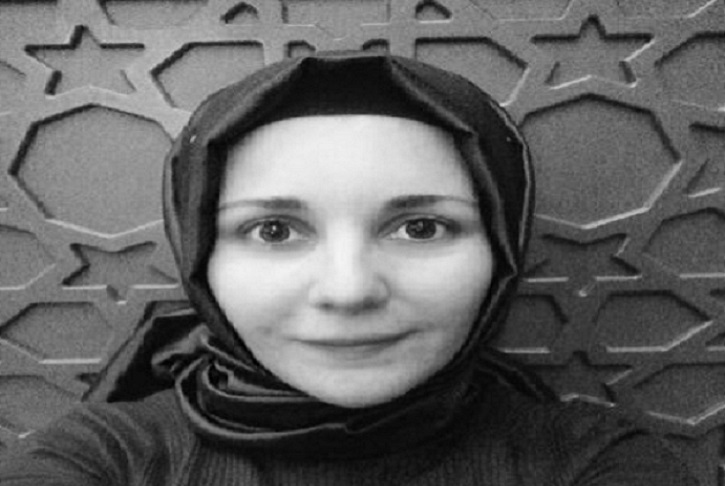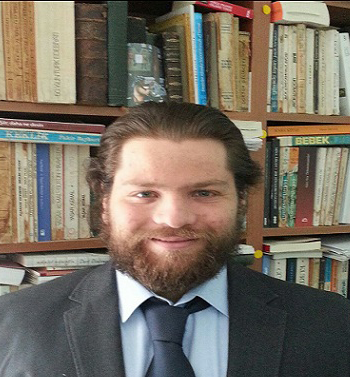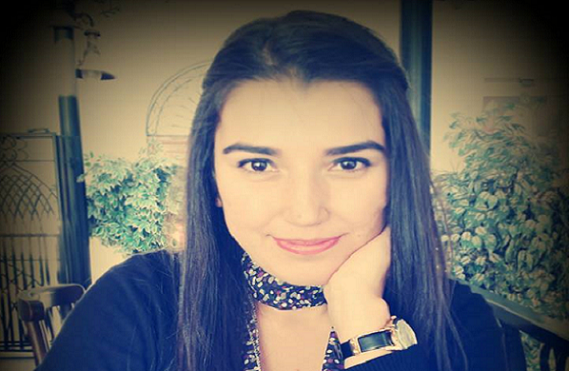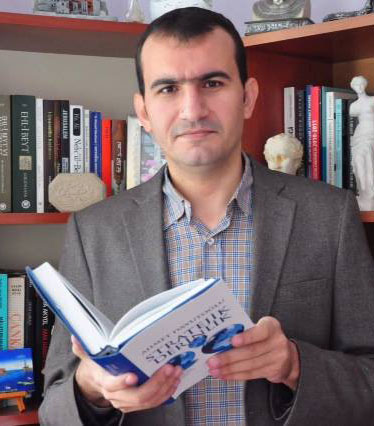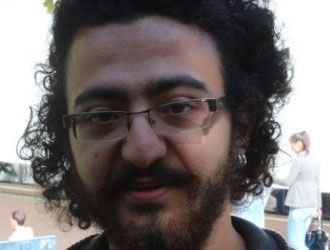Resolution of the Armenia-Azerbaijan Nagorno Karabakh conflict remains the primary objective for Azerbaijan’s foreign policy. This conflict has already defied regional boundaries and now poses a great threat for the political configuration across a wider geography. Meanwhile, the Armenian side aims to mislead the world by persisting that the conflict has religious roots and to that end it is engaged in a broad international propaganda.
Regrettably, this lie aimed at disguising Armenians’ groundless territorial claims has found support among certain quarters in the West. In the modern world, with increasing religious and cultural phobias, such attitude is indicator of the impact of phobia instead of truth in the international system. This in turn places Nagorno Karabakh conflict that has already spilled across the regional boundaries in the category of conflicts with global relevance.
Furthermore, at certain points in time, the mediators tasked with the resolution of the conflict have voiced ideas that the settlement of the conflict was beyond Azerbaijan’s reach and that resolution must be dictated by the global powers; whereas, the big players are the ones that should be interested in the implementation of the UN Security Council resolutions in the first place.
The year 2016 was a noteworthy one on the record, ever since the times the ceasefire was agreed upon. Unprecedented developments took place both in terms of military and peaceful resolution of the conflict. The parties have never been so close to either all-out war or public peace initiatives since the ceasefire deal was reached back in 1994.
Let us turn our attention to the event dubbed “four day war” that happened at the line of contact between Azerbaijan and Armenia’s troops in the late April of last year. As we know in response to a provocation by the Armenian troops at the line of contact Azerbaijan’s military launched a counter offensive and liberated a portion of occupied territory. This is an extremely crucial aspect in the history of the conflict’s resolution. Public reaction both in Azerbaijan and Armenia to the developments in April helps illustrate the future destiny of the conflict. In Azerbaijan, the very military operation has broken stereotypes and boosted self-confidence and patriotism. First of all, our society has regained faith in Azerbaijan’s military victory and sentiment of triumphant Azerbaijani army found solid footing. Moreover, everyone displayed extreme eagerness to take to arms in order to liberate our occupied lands.
When it comes to society in Armenia, its military defeat has only exacerbated the already desperate outlook. The capital Yerevan saw widespread manifestations against the occupying military junta protesting senseless loss of soldiers’ lives. As people in Azerbaijan rushed to the trenches, the number of people abandoning Armenia started rising. It is no coincidence that in this country the migration from April to June exceeded the monthly average. According to latest statistics, annual exodus from Armenia ranges between 80-90 thousand people. That is to say 6-7 thousand per month. Yet in April, the figure stood at 10-12 thousand.
All in all, Armenia as a nation has no demographic future. The number of people fleeing the country has seen a consistent rise, while natural growth is dwindling. Responsibility for all of that rests with the occupying military junta in power and for them even the future of the nation is an irrelevant subject.
The President of Azerbaijan Ilham Aliyev highlighted the significance of April events in shattering the Armenian myth, by saying: “The April battles are a brilliant victory for us. They have demonstrated the power of the Azerbaijani state again. At the same time, they showed once again that we will never put up with this situation. We will give an adequate response to all provocations. At the same time, we have completely dispelled the myth Armenia had been creating for years. Without receiving the weapons, money and other assistance from outside, they can’t cope with us even for a week. They recognize that themselves”.
Therefore, April events helped create a different picture from military perspective and also from sociological and psychological point of view. On one side, there is Azerbaijan – ready for war, led by a Commander-in-Chief with a nation rallying around him. And then there is Armenia – country with obstructive position that aims to derail the talks under the pressure of psychology of defeat and the one where the military junta has created a huge gap between the authorities and the people.
The year 2016 also saw launching of peace initiatives and that was largely associated with the attitude of both sides to the resolution of this conflict. In this regard the Azerbaijani side is openly presenting its position regarding the negotiation process. President Ilham Aliyev has stated that Nagorno Karabakh can be granted a status of highest autonomy within Azerbaijan’s national borders.
This is Azerbaijan’s position of principle. In the meantime, the military junta in Armenia is capitalizing on the conflict to retain power. This is why it resorts to derailing of negotiations and provocations at crucial moments thus evoking growing discontent within the Armenian society. Forced protraction of the conflict increases negativity on the part of the Armenian people who are living under severe economic constraints and are frustrated due to constant pressure by the military junta. Presumably, these are the factors that engendered the Peace Platform – joint initiative between Azerbaijanis and peace-seeking Armenians that escaped Armenia and found refuge in Azerbaijan late last year.
The Peace Platform was a new, 2016 vision of the parties on the resolution of the conflict. Generally, think tanks and foreign experts researching the region have highlighted the unpreparedness of both societies to peace as the biggest obstacle for the future of the conflict. In this regard, this platform alters the very thesis. Armenians that are disgruntled by the fact that the military junta abuses the conflict for the sake of power have launched a mission to bring reconciliation between the peoples. The initiative has found support among the Azerbaijanis that were advocates of the peaceful resolution of the conflict. Today the number of Armenians joining the platform is increasing. The proponents of this initiative who insist that the conflict brings nothing but death, tragedy and problems, support the resolution of the Nagorno Karabakh conflict in line with the principle of Azerbaijan’s territorial integrity.
It is fascinating that it is not just the Armenians from Armenia, but also the ones representing diaspora are joining the initiative. This demonstrates that the military junta in power there is deprived of solid support within the society.
Therefore, initiatives aimed at military or peaceful resolution of the Armenia-Azerbaijan Nagorno Karabakh conflict will remain an overarching theme throughout the year. Most importantly, everyone recognizes unacceptability of perpetual status quo. Azerbaijan has never reconciled with the occupation of its lands, and the mediators are very familiar with this principle. And now the ordinary Armenians are being signaled that the status-quo serves not the people of Armenia but the military junta in power and that the situation must be changed. Azerbaijan stands ready for both military and peaceful resolution of the conflict. Change of status-quo is imminent.
Arastu HABIBBEYLI
Deputy Head of Foreign Relations Department
Presidential Administration of the Republic of Azerbaijan
PhD in Economy


